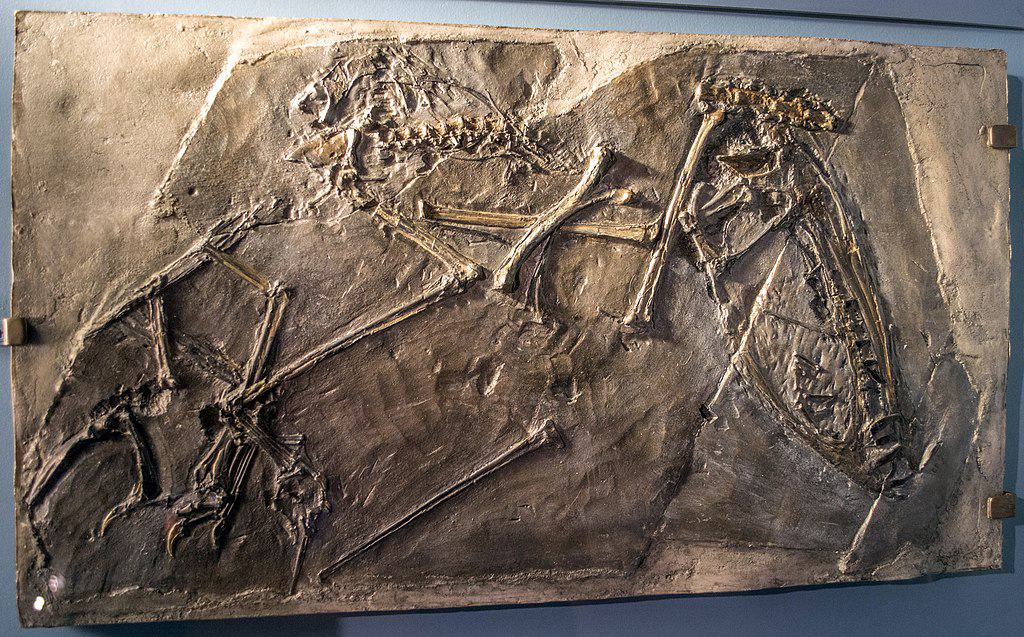When we think of prehistoric life, dinosaurs often dominate our imagination with their massive sizes and fearsome appearances. However, Earth’s evolutionary past hosts an even more peculiar cast of characters that are just as fascinating. These prehistoric creatures, often overshadowed by their dinosaurian contemporaries, tell us intriguing stories about the incredible range of life’s designs. Join us on a journey through time to explore 12 of these remarkable beings that once roamed our planet.
1. Tullimonstrum

Tullimonstrum, commonly referred to as the “Tully Monster,” is an enigmatic marine creature that swam the murky swamps of Illinois over 300 million years ago. This creature’s appearance is baffling: it resembled a soft-bodied worm with a long, elongated torso and a peculiar retractable trunk ending in a jaw-like structure. Tullimonstrum’s exact evolutionary lineage remains uncertain, as it shares characteristics with both vertebrates and invertebrates. Its mystery deepens as paleontologists continue to debate its place on the tree of life.
2. Hallucigenia

Named for its bizarre form, Hallucigenia was a worm-like organism with elongated, spiny appendages protruding from its back, resembling nothing less than a living nightmare. Living roughly 508 million years ago during the Cambrian Explosion, this oddity had a conical head and multiple pairs of articulated legs. Initially, scientists struggled to identify its head from its tail. Now, it’s known as an early ancestor of modern-day velvet worms, reflecting the experimental nature of evolutionary development during the Cambrian period.
3. Opabinia

Opabinia might seem like something straight out of a science fiction movie. This creature boasted five stalked eyes atop its head and an unusual flexible proboscis extending from its face, used for seizing prey. This 3-inch marine predator lived during the Cambrian period over 500 million years ago. Opabinia’s features suggest it was adept at exploring its environment, grabbing small particles of food from the seabed.
4. Anomalocaris

Regarded as one of the first apex predators, Anomalocaris prowled the ancient seas over 500 million years ago. Resembling a large shrimp with long, segmented bodies, this formidable creature had mouthparts that formed a circular disc of sharp plates to crush prey. Its compound eyes were among the most advanced of its time, allowing it to effectively hunt a variety of marine life. The “abnormal shrimp,” as the name translates, provides insight into the competitive dynamics of early marine ecosystems.
5. Dunkleosteus

Dunkleosteus was a fearsome armored predator that ruled the oceanic waters about 358-382 million years ago. Weighing up to four tons and measuring approximately 20 feet in length, this apex predator had a powerful jaw equipped with self-sharpening bony blades capable of tearing apart almost anything, including armored prey. Its massive, bony skull offered both protection and intimidation, marking Dunkleosteus as a true giant of its time.
6. Arthropleura
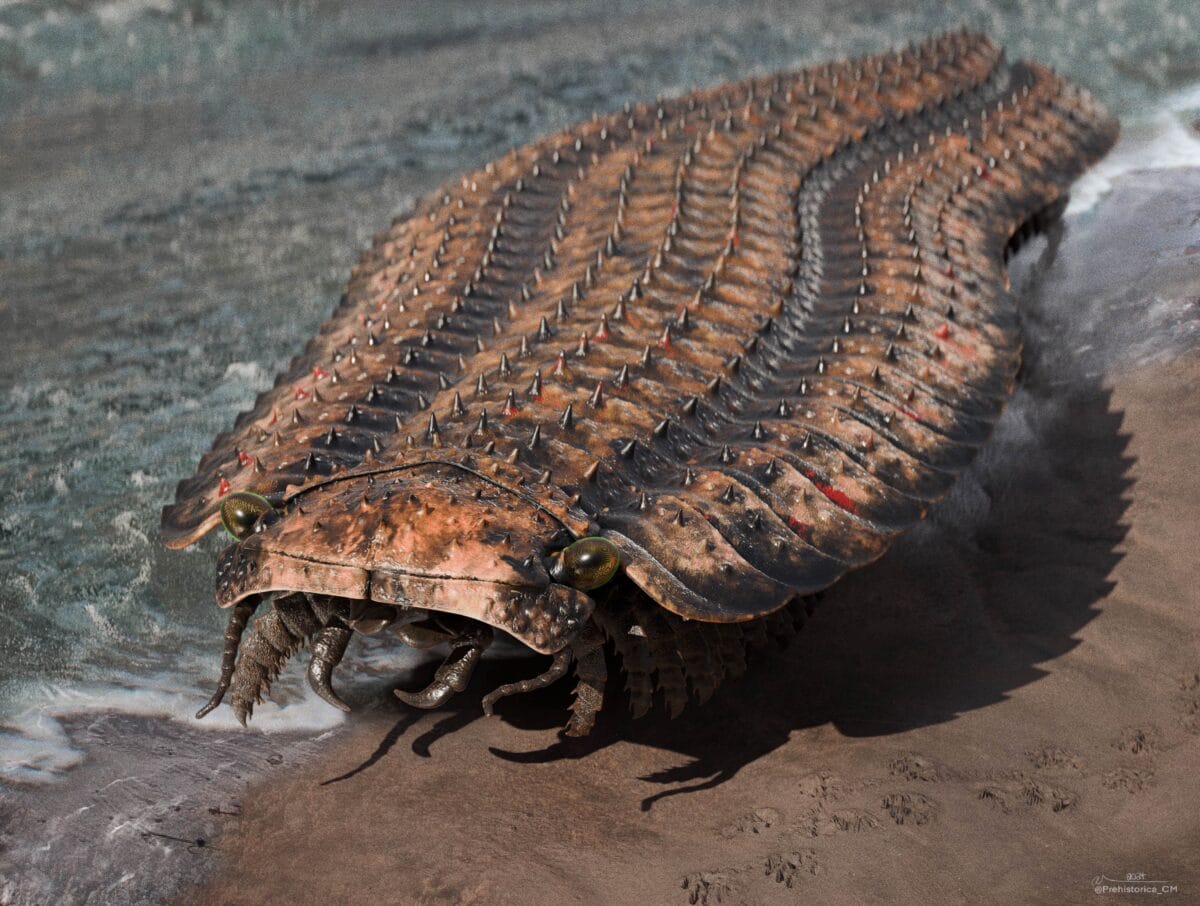
Imagine a millipede so massive it could stretch up to 8 feet long. That’s Arthropleura, the largest-known land invertebrate of all time, which inhabited the Earth during the Carboniferous period around 300 million years ago. Although these creatures might look terrifying, their diets primarily consisted of decomposing vegetation. Their sheer size reflects the oxygen-rich environment of the time, which allowed for extraordinary growth in arthropods.
7. Meganeura

This gigantic ancestor of modern dragonflies, Meganeura, boasted a wingspan of over 2.5 feet. Thriving some 300 million years ago, this aerial predator hunted smaller insects and had a keen eyesight, much like its modern descendants. Meganeura’s large size is a direct consequence of the high atmospheric oxygen levels prevalent during the Carboniferous period, which supported the metabolic demands of such vast winged insects.
8. Sarcopterygians
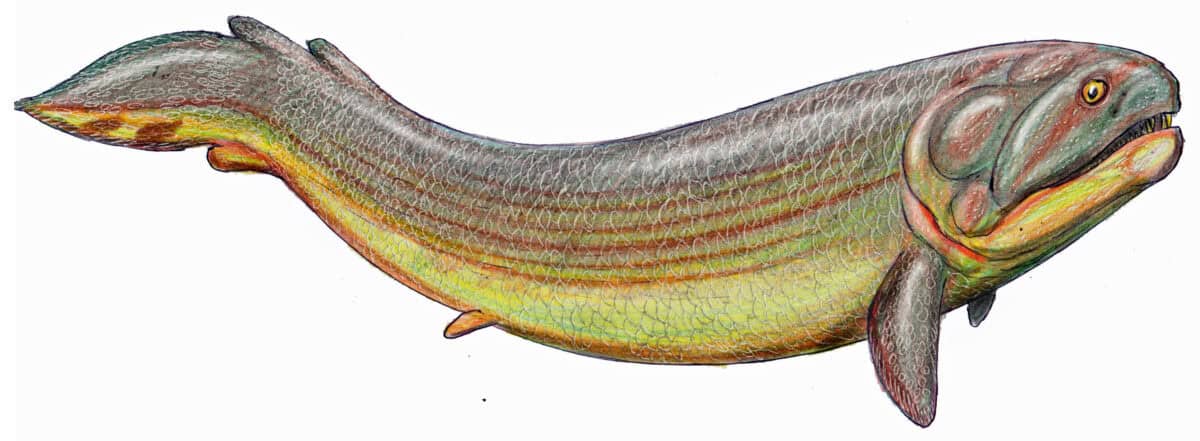
Sarcopterygians, or lobe-finned fish, represent a pivotal point in the evolution of vertebrates, giving rise to the first tetrapods. Characterized by their muscular, lobed fins with joints, these creatures eventually adapted to terrestrial life. This evolutionary innovation provided the blueprint for the limbs of all terrestrial vertebrates, including amphibians, reptiles, birds, and mammals, demonstrating a remarkable transition from water to land.
9. Helicoprion
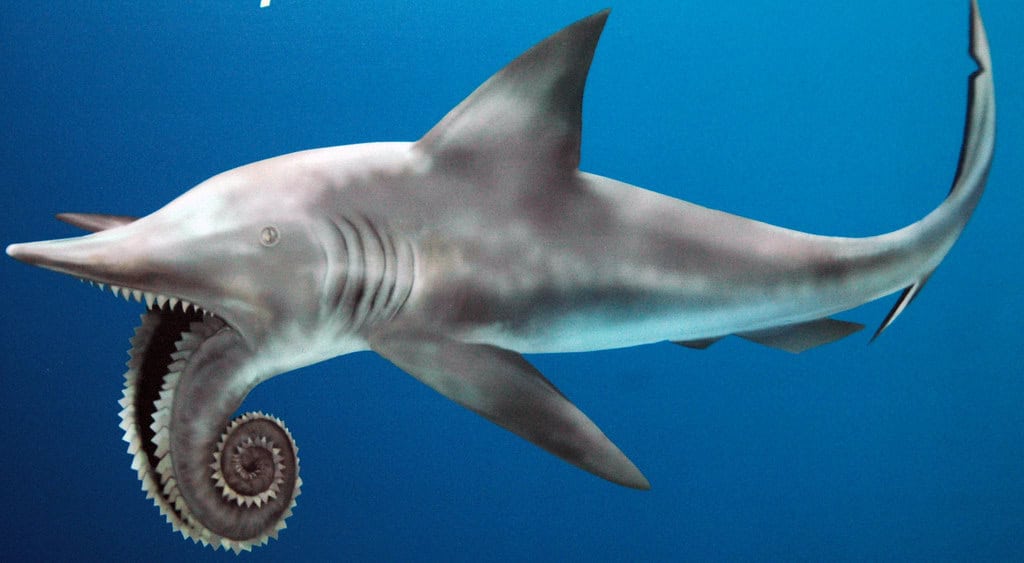
One of the ocean’s most bizarre prehistoric predators, Helicoprion, lived around 270 million years ago. Recognizable by its spiraled, saw-like jaw, this cartilaginous fish remains an enigmatic figure in paleontology due to its unique dental structure. The “tooth whorl” extended from its lower jaw, a curious adaptation thought to efficiently sliced through the flesh of its prey, showcasing nature’s inventiveness in predatory tools.
10. Therapsids
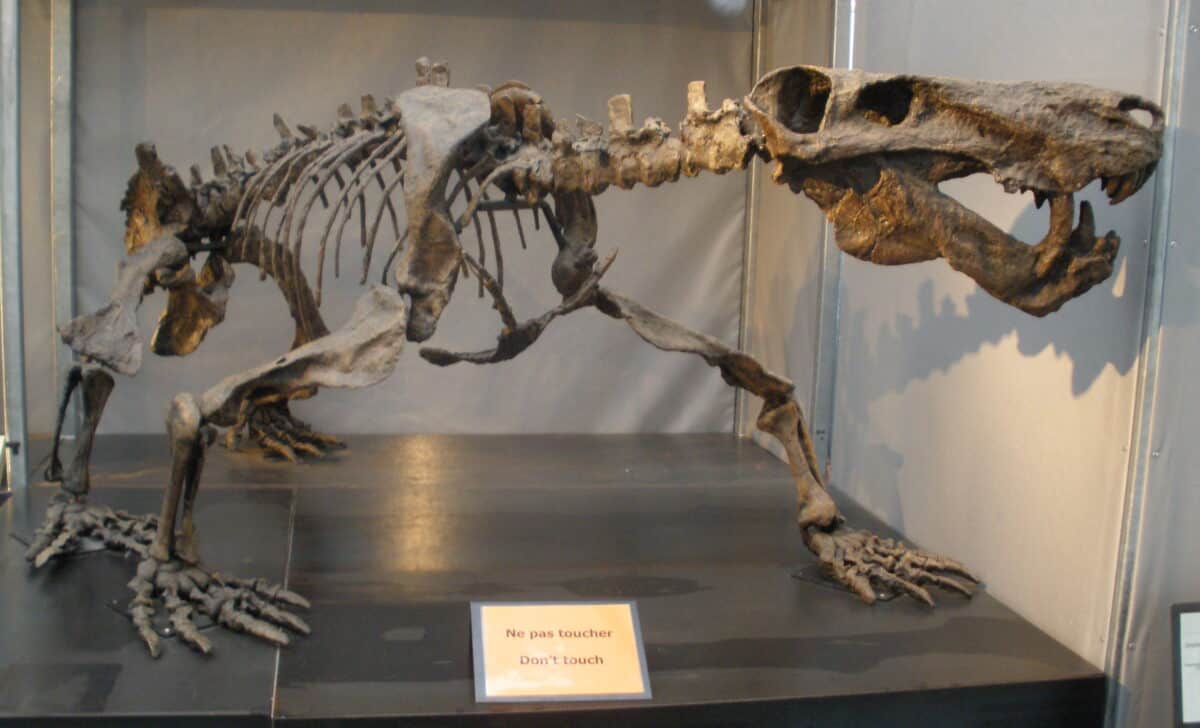
Therapsids, a group of synapsid reptiles, paved the evolutionary way to mammals. Living from the Middle Permian to the Jurassic periods, these animals demonstrated both reptilian and mammalian characteristics. They exhibited differentiated teeth and evolved into various forms, from the saber-toothed Gorgonopsians to small, shrew-like creatures. Their ability to regulate body temperature and differentiated teeth foreshadowed many key mammalian traits.
11. Dimetrodon
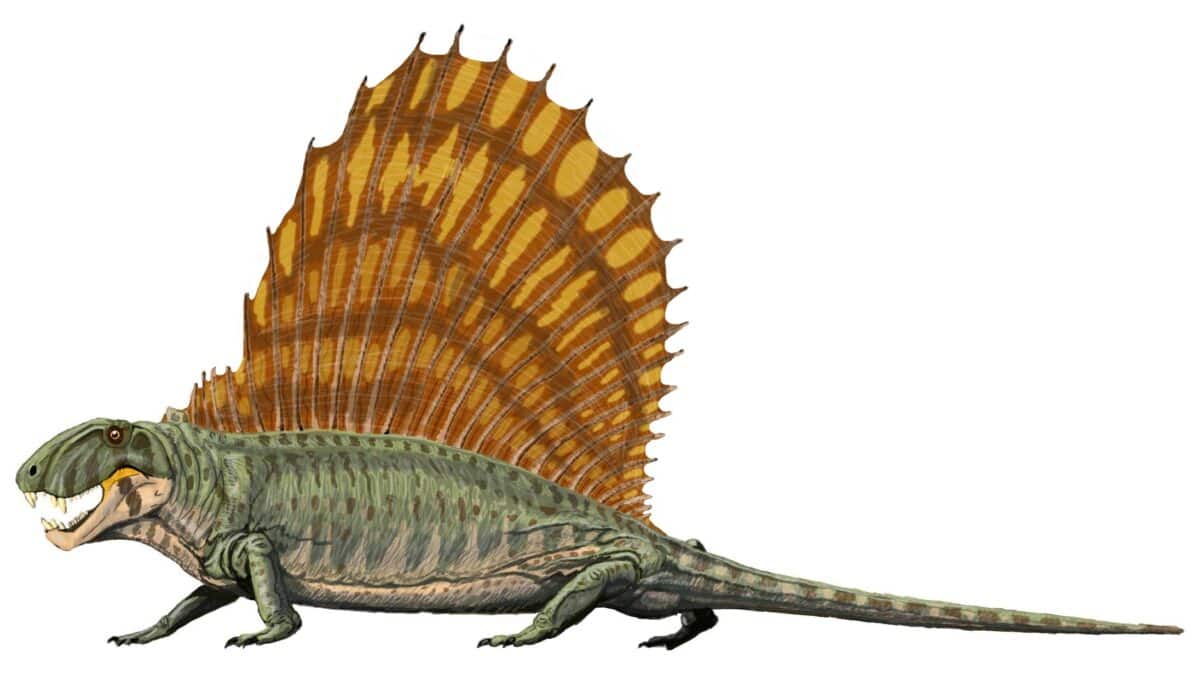
Often mistaken for a dinosaur, Dimetrodon lived around 295–272 million years ago and was a synapsid, more closely related to mammals. This throwback monster is recognizable by the large sail on its back, formed by elongated vertebral spines covered with skin. The sail likely played a role in thermoregulation or was used for display purposes, helping one’s temperature balance or attracting mates. Dimetrodon’s transitional status offers insights into the lineage leading from reptiles to mammals.
12. Charnia

Among the earliest known complex multicellular organisms, Charnia lived during the Ediacaran period over 570 million years ago. Its leaf-like frond silhouette represented an entirely different approach to life, preceding diversified animal life. Anchored to the sea floor, Charnia absorbed nutrients directly from the water, offering clues into the early evolution of life’s trophic strategies.
Conclusion
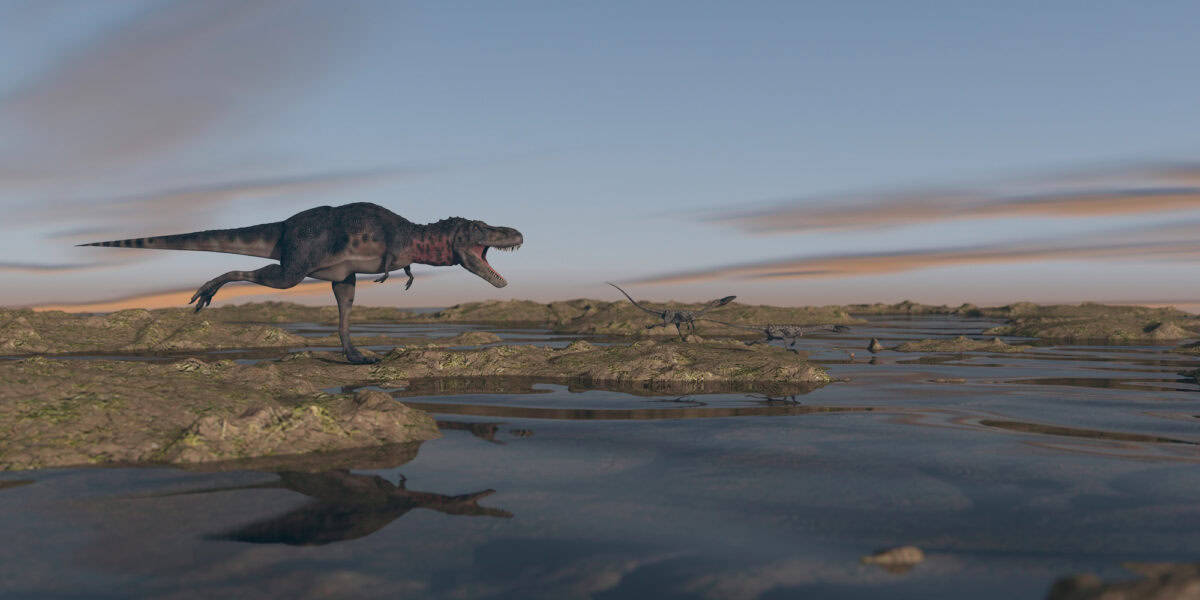
The ancient world was a realm of strange, yet beautifully intricate creatures whose forms often challenge modern comprehension. From the monstrous marine hunters like Dunkleosteus to bizarre semi-terrestrial predators like Dimetrodon, these prehistoric beings show us that life has always been adept at exploring evolutionary possibilities. These ancient marvels expand our appreciation for the complex tapestry of life and remind us of the extraordinary diversity our planet has nurtured.
- Why You Should Never Approach a Bear - August 24, 2025
- New Record: The Longest Eagle Flight Ever Tracked - August 24, 2025
- The Most Dangerous US States for Animal Attacks - August 24, 2025

